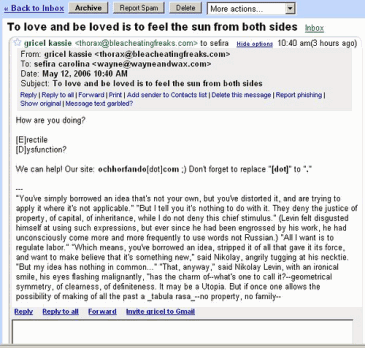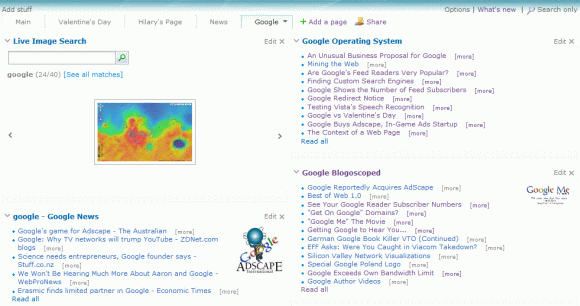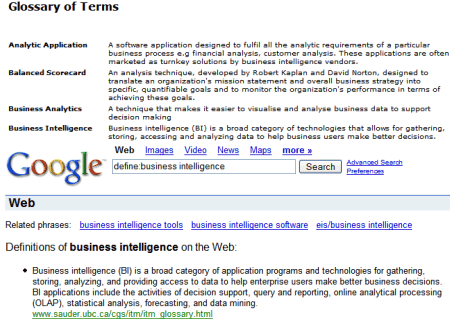Google Toolbar is one of the most criticized software created by Google (competing with Google Desktop), mostly because of the privacy issues generated by some advanced features. But Google Toolbar is also pretty useful. Most of these tips work with the latest version of Google Toolbar for IE and Firefox.
1.
I'm Feeling Lucky. Type your query in the search box and press
Shift+Enter if you want to bypass the search results page and to go directly to the top result.
2.
A new window for my search results. To open the search results in a new window, press
Alt+Enter after you type your query. You can combine this with the previous tip: Alt+Shift+Enter will open the top result in a new window. Depending on your settings, the page could open in a new tab instead of a new window.
3.
Focus on search. If you want to go to the search box without using the mouse, type Alt+G (G is from Google).
4.
A better find-in-page. Most browsers have pretty poor options to find some words in a page. Firefox and Opera have inline search, but that's not pretty helpful if you want to find some words in a page, but you don't want perfect matches. Enable in Google Toolbar:
Settings > Options > Highlight search terms AND Find and highlight words on a page (Firefox) or
Settings > Options > Tools > Find bar (Internet Explorer)
Now when you visit a page, type what you what to find in the search box, and click on the yellow crayon from the toolbar. To activate this feature in Internet Explorer, click on the arrow next to the Find button. The words found in the page will be highlighted in different colors, so it's easy to discover the interesting sections at a glance. To move to the next instance of a word, click on that word in your toolbar. To disable the highlighting, click on the crayon icon again.
5.
Translation. Do you visit a German page that offers some interesting details about the latest Google Desktop vulnerability, but you don't know German. Just right-click anywhere in the page and select:
Page Info > Translate Page Into EnglishThis should work for most languages available at
Google Translate and Google automatically detects the language of the page.
6.
Fixing typos. Maybe Firefox shows you the words that are misspelled, but Google can automatically fix the misspellings in a magical way.
Settings > Options > Tools > Spell check Next time you type something in a text area, right-click on the arrow next to "Check" on the toolbar and select "Autofix". The green words are fixed by Google, while for the red words Google couldn't find a fix. You can click on the colored words to choose another suggestion.
7.
Privacy alert. Google Toolbar pings Google's servers automatically to check for updates. If you don't want to send Google additional information, disable this features:
* Google-account related services: Bookmarks, Send to, Docs & Spreadsheets, Gmail button
* PageRank (option when you install the toolbar; to show you the PageRank of each page you visit, Google Toolbar needs to send it to Google)
* Send usage statistics to Google (disabled by default)
Google says in the
privacy policy that, except for the Google-account features, no other information is connected to your Google account, even though they store it in their logs.
8.
Customize the toolbar. In Firefox, you can customize the toolbar to occupy less space.
Settings > Options > LayoutsA good idea is to select "Replace Firefox search box and hide Toolbar". How to restore Google Toolbar icons? Right-click on the toolbar, click Customize and drag the icons to Firefox's toolbar. This way you can occupy a single row for the toolbars. But what about other search engines? See the next tip.
Here's an example of custom layout:

9.
Add any search engine. You just have to right-click on any search box, and select "Generate Custom Search". Any search engine can be added to Google Toolbar. Click on the arrow next to search box and select one before or after you type a query.
10.
Built-in calculator. Type "87/9", "12 kilometers in miles", or "e^2" and Google shows the answer directly under the search box. (This option is available in the regular search box included in Firefox 2, as well).
11.
Change the search engine.
For Internet Explorer: If the search box has focus, press the down arrow and type the first letters from the search engine name (for example, type "im" to get to Image Search). Then press enter and don't forget that the change is persistent.
For Firefox: Type Alt+down arrow and type the first letter of the search engine until your favorite search engine is selected. You can also type Ctrl+down or Ctrl+up to change the search engine to the next/previous one from the list.
 GOSwards are Google Operating System's awards for all Google-related things. They're like Oscars, except that the jury has a single member, there's no funny host and the winners have more to say (but they don't). Here are my awards for 2006:
GOSwards are Google Operating System's awards for all Google-related things. They're like Oscars, except that the jury has a single member, there's no funny host and the winners have more to say (but they don't). Here are my awards for 2006:

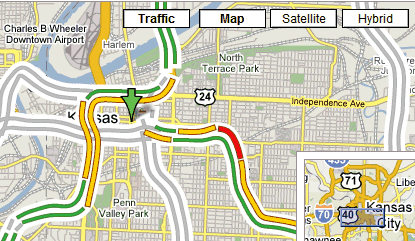

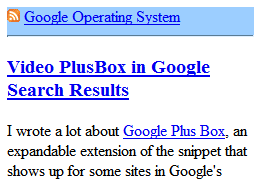

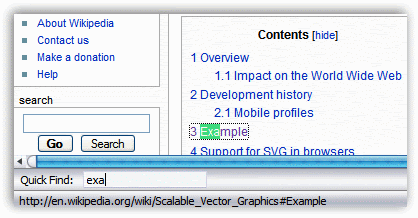

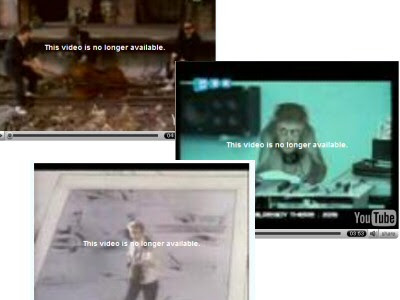
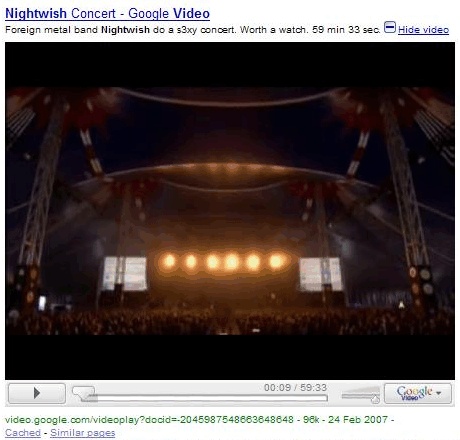



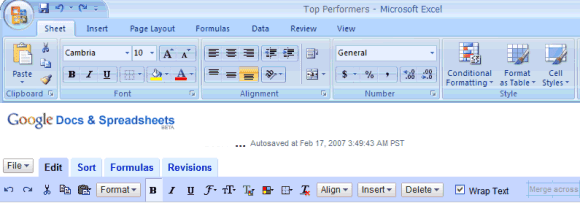


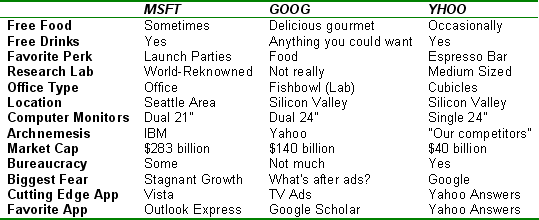
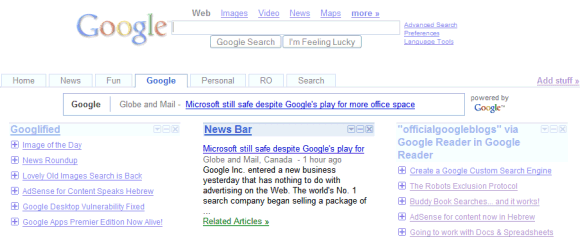



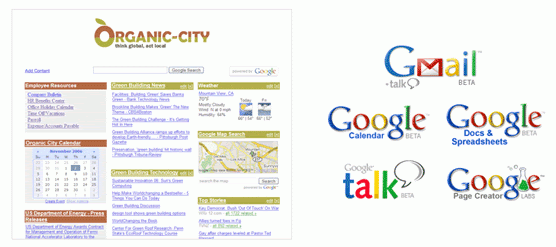

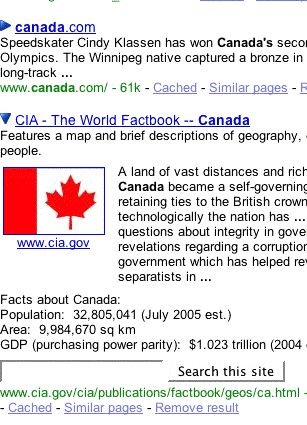
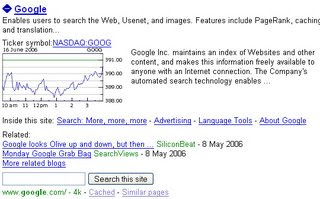

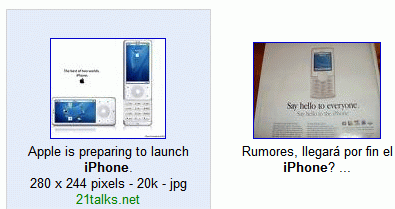
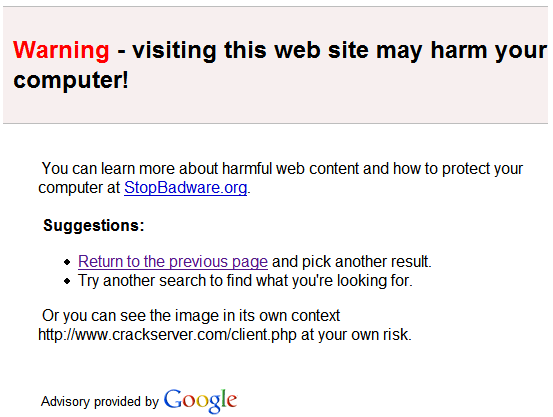
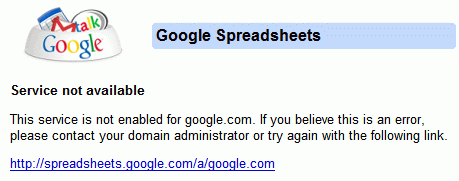
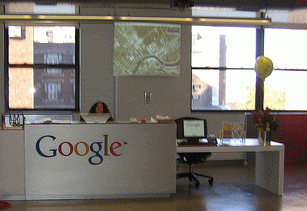

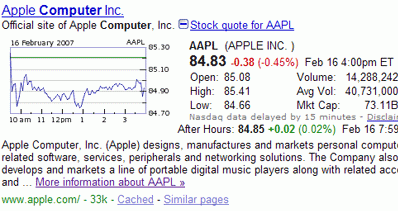
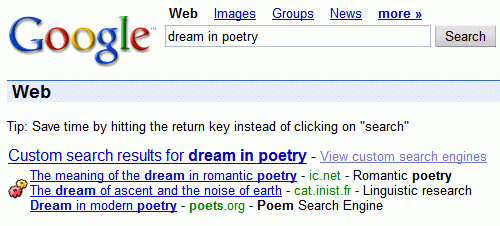
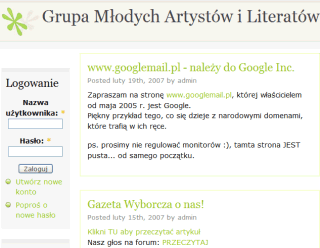 A group of Polish poets,
A group of Polish poets,